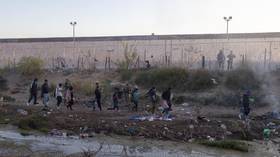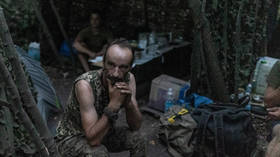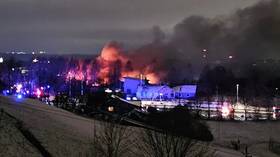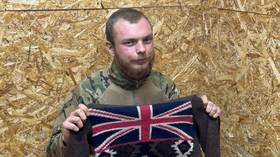Kyrgyzstan buries victims of violence
Up to 10,000 people have gathered for funerals in Kyrgyzstan to lay to rest those killed during the violent revolt of April 6-8. The ceremony is being held 20 kilometers from the capital Bishkek.
People are praying and commemorating the victims. They blame the high number of casualties on the ousted President Kurmanbek Bakiyev and his relatives, who were also in positions of power.
Many still can’t understand why the authorities resorted to such brutality.
Murat Khasiyev would've turned 30 next month. He was filming the clashes on his mobile phone when a sniper on the roof of the government building took him down. His wife has become a widow four months before she is due to give birth to another child.
“I can't even find the words to describe this loss. He was a very good man. And I am even more sorry for my children than myself, especially for the baby I’m pregnant with, as that child will never see its father,” says Murat’s widow, Talai Kul.
The couple’s neighbors have lost a loved one too. Like most victims of the Bishkek massacre, Salamat Aldayar was in his early thirties. An electrician, he worked hard to support his elderly parents but their life was only getting tougher.
His uncle says he joined the protests because he’d had enough.
“People have had enough. It’s a family clan. We heard that Maksim Bakiyev said, “I have a shepherd – that’s his father – and five million sheep.” Can you imagine that?” he said.
Salamat’s body was mutilated from the inside, prompting speculation that the army used unconventional weapons. The ethnicity of those who fired at the crowd is also a matter of debate.
"Kyrgyz soldiers were there protecting the White House, but later on their commanders sent them away. Only the troopers wearing masks with shields stayed. We couldn’t see from a distance whether they were Kyrgyz or not. There are witnesses – I don’t know myself – but they say there were mercenaries among them – Latvians, Chechens, and Georgians,” Salamat Aldayar’s uncle said.












